
STOP Waste – or how to reduce food waste
By changing your habits, you can contribute to the reduction of food waste and save the resources needed for food production or transport. You will also save more money.
How to start? Start with the 2P2S rule:
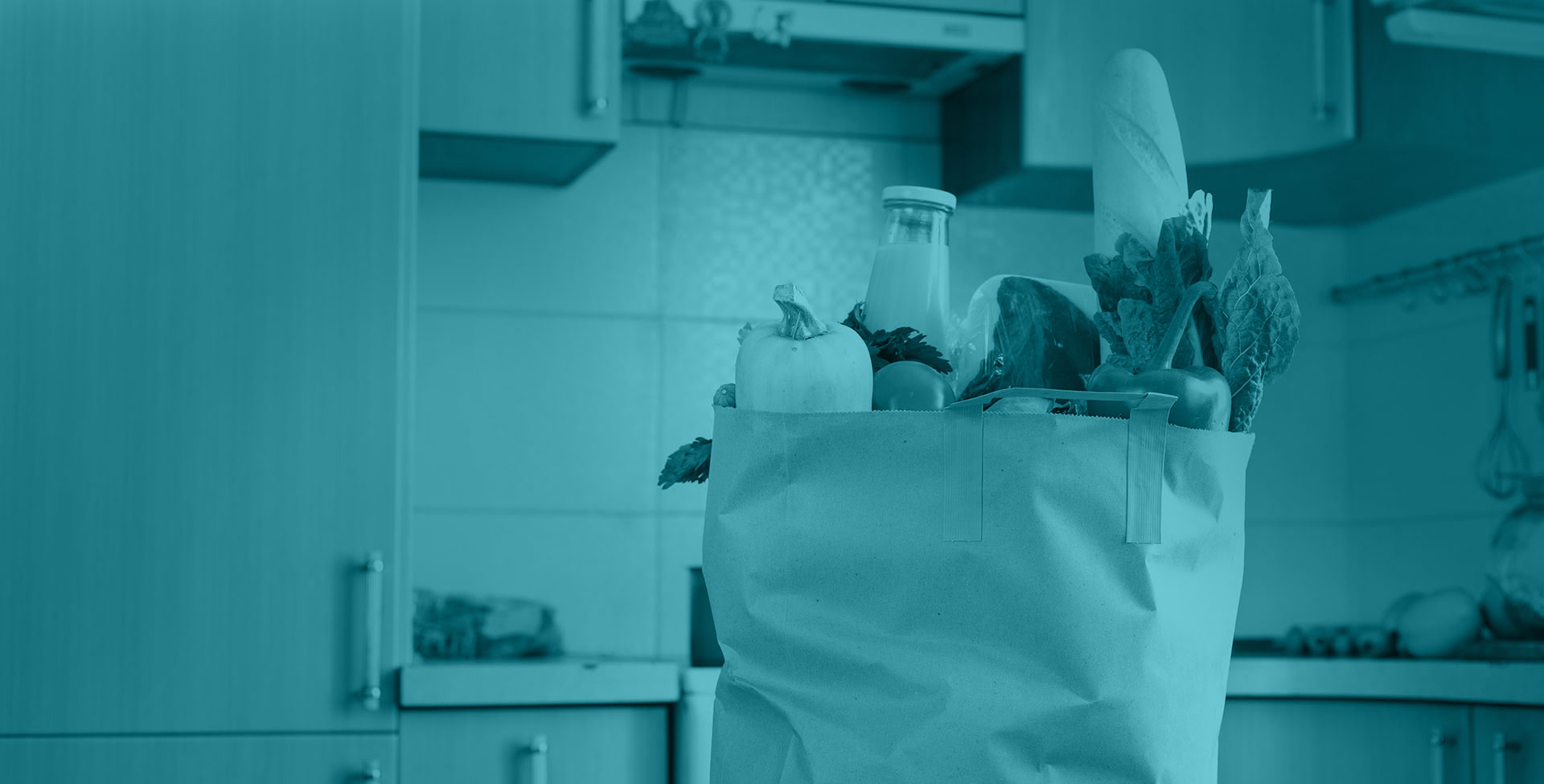
In a packet or in a plastic bag – how to store food properly
By storing food properly you can enjoy their nutritional value and their freshness longer. The most often wasted products in Poland include:
- breads,
- fruit and vegetables,
- cold cuts.
This is why it is important to know, how to properly store these products in order to preserve their freshness for a longer time.
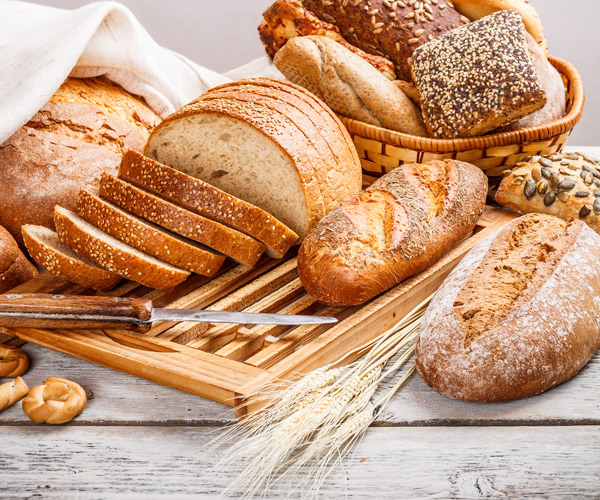
Bread
Storing it in a wooden bread box or wrapping it in a linen cloth keeps its freshness for several days. Bread can also be kept frozen in a plastic bag at about -18°C for several months. And when you will warm it up in the oven, it will still be fresh and crusty.
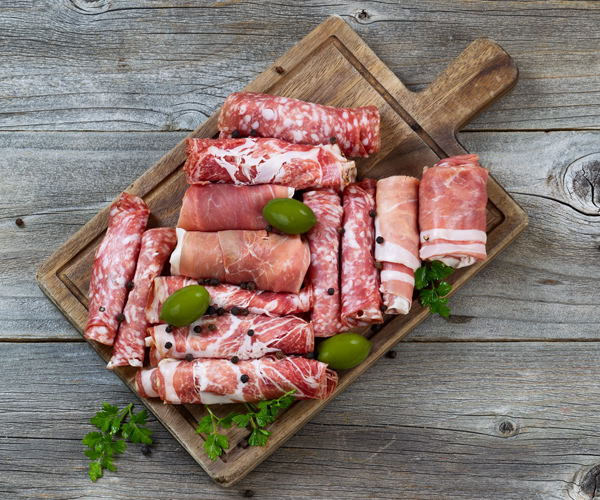
Cold cuts
Cold cuts should be wrapped in a stretch film and stored at approx. 5-7°C. Plastic storage containers also come in handy as cold cuts can be stored in them for 1-2 weeks.
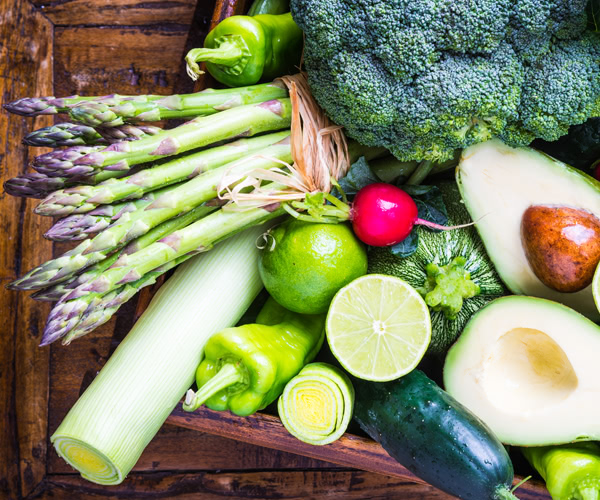
Vegetables
Vegetables should be stored at a moderate temperature of several degrees. Ideal storage places for vegetables are the cellar and the fridge. Tomatoes and cucumbers are an exception as they rot faster at low temperatures.
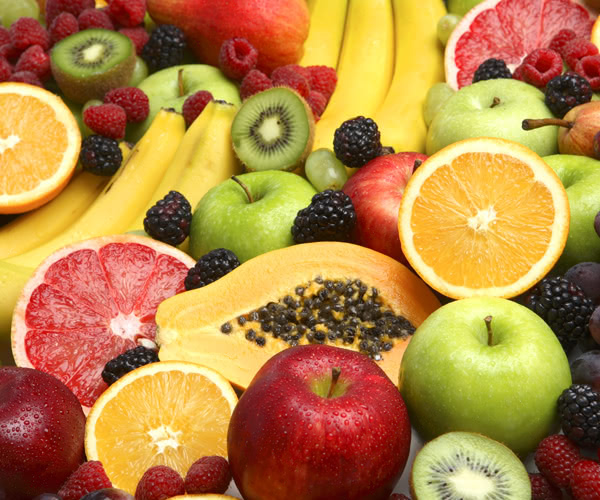
Fruits
Most fruits should be stored at approx. 10°C, preferably in a cellar or a fridge. Bananas should not be kept in a fridge because their optimal storage temperature is 12°C. Perishable fruits like strawberries, blueberries, raspberries, wild strawberries and blackberries, should not be kept however in the fridge for no longer than 1-2 days.
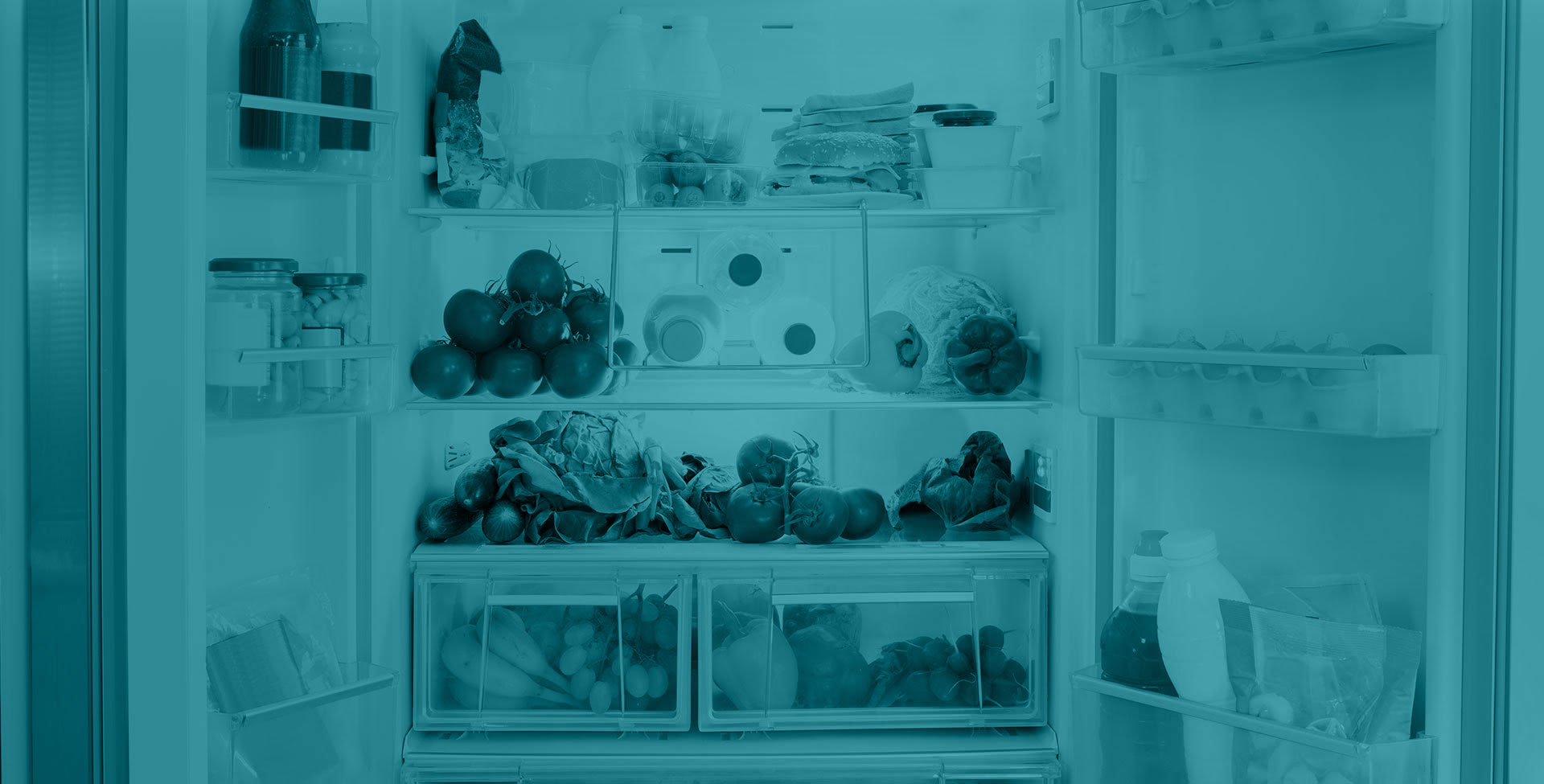
How to organize your fridge?
The expiration date of a given product determines its location in the fridge. The temperature in the fridge is not the same in all places: the lowest is at the bottom (around 2oC) and the highest on the upper shelf (around 8oC). Different types of products require different storage temperatures, so if you take these differences into account, your food will be stored in optimal conditions.
Fruits, vegetables and juices should be kept in the fridge drawers at the bottom, where the optimal temperature of 6-8oC helps to keep them fresh. The proper place to keep meat or meat-based products is the lower shelf (2oC). Placing these products at the bottom also prevents fat from dripping onto other products. All kinds of fats (butter, lard, margarine) and dairy products should be stored on the middle shelf (4-5oC). The upper shelf (8oC) is the most appropriate place for storing ready cooked meals or soups. Boxes or fridge door shelves are meant for products which only require cooling like e.g.: drinks, mustard or eggs.
Home tips for extending the life of your products
If there is too much food in your fridge, you may use one of these most popular methods for preserving food. Food preserves are a good way to enjoy seasonal fruits or vegetables all year.
The most popular food preservation methods that you can use at home are:
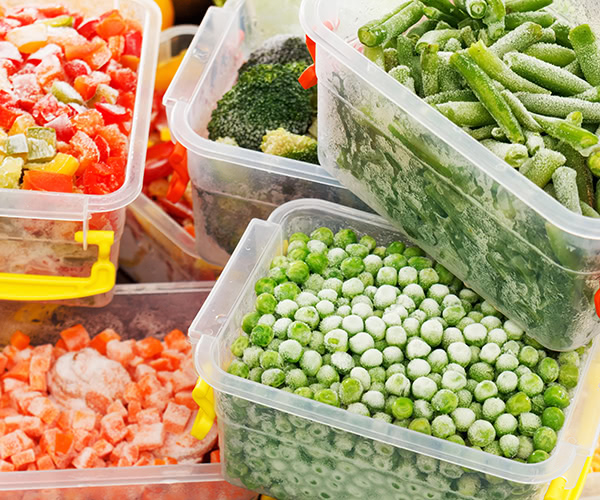
Freezing
This is the simplest method ever. It consists in preventing the development of bacteria by using low temperature (min. -18°C). You just put food in the freezer and that is it!
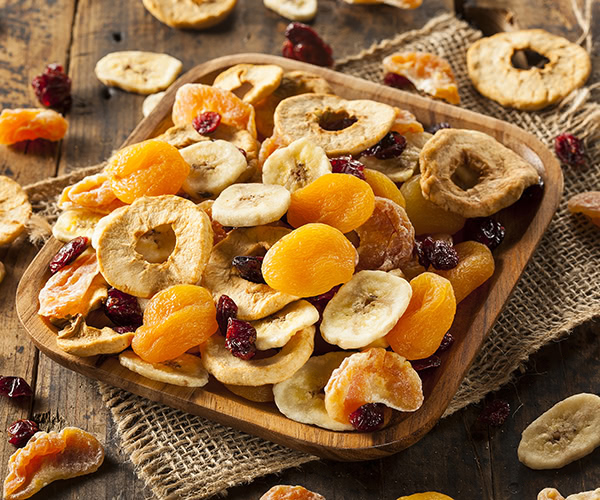
Curing
It consists in reducing the amount of water in food products in order to prevent the development of microorganisms. You just need an oven set at 30-70°C.
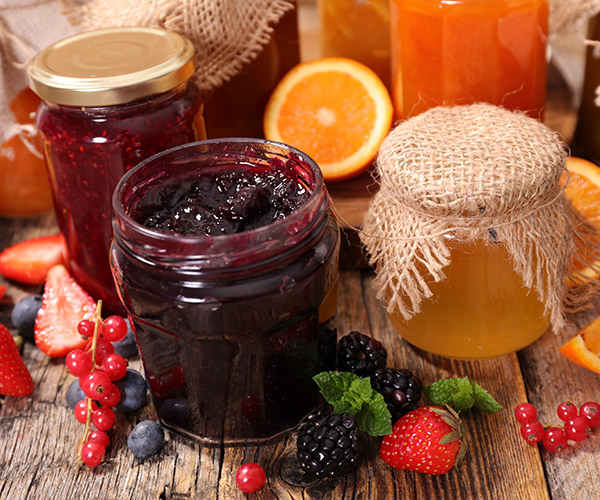
Canning
This is a thermal preservation method of food in jars. You cut your food into pieces, put them in a jar, pour in it brine with a bit of lemon juice and then put the jar in boiling water.
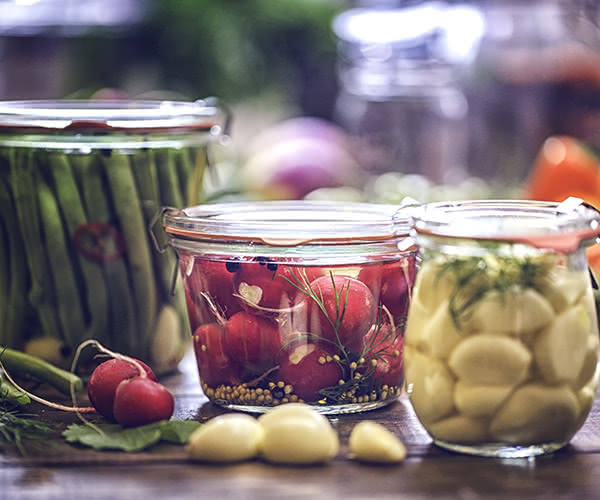
Pickling
It consists in preserving food by using a pickle which possesses antibacterial properties. Cook vegetables in vinegar, then boil them and pour over the marinade. After closing the jars, pasteurize them a little (85°C for several minutes).
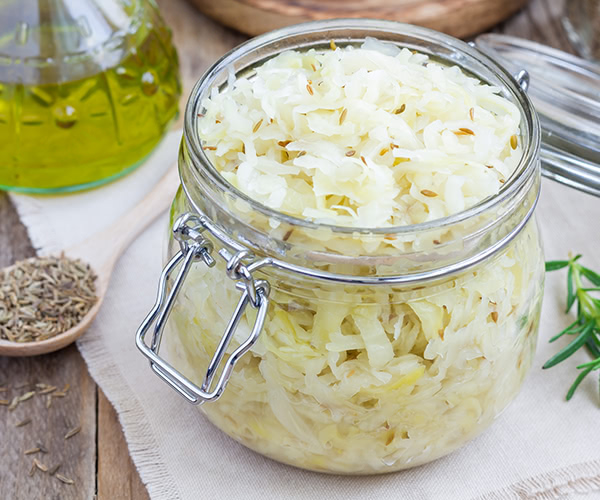
Marinating
This method is based on fermentation and requires the jar to be strongly sealed and not to contain any air. This is why marinated food should be completely covered with brine.



